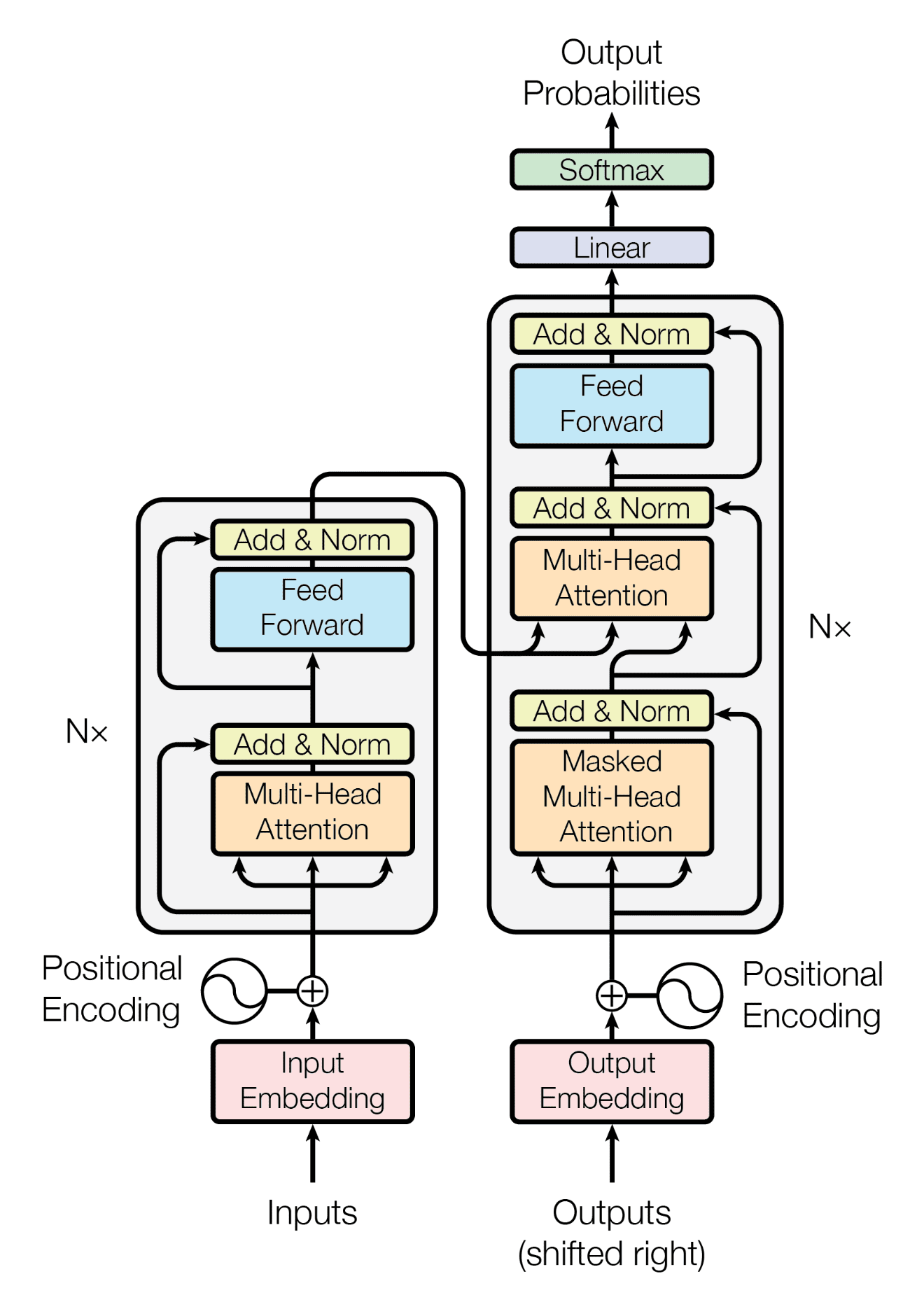Understanding Transformers: A Detailed Guide for Beginners
Introduction
Transformers are a powerful type of neural network architecture that have revolutionized natural language processing (NLP). They excel at capturing relationships between words in a sentence, making them the backbone of various language models like BERT and GPT.
1. Traditional Approaches: The Limitations
In traditional NLP models, such as recurrent neural networks (RNNs) or long short-term memory networks (LSTMs), the model processes words sequentially. This sequential processing makes it challenging to capture long-range dependencies and understand the entire context of a sentence.
2. Enter Transformers: Self-Attention Mechanism
Transformers introduced a breakthrough mechanism called self-attention. It allows the model to weigh the importance of different words in a sentence, considering the relationships between all words simultaneously.
Formulation:
Given a sequence of input vectors , the self-attention mechanism computes a set of attention scores where each attention score represents the importance of the corresponding word .
Here:
- and are weight matrices for query and key projections.
- is the dimensionality of the word vectors.
3. Multi-Head Attention: Looking from Different Angles
To capture different aspects of the relationships between words, transformers use multiple attention heads. Each head provides a different perspective or angle on the relationships.
Formulation:
For attention heads, the output of the multi-head attention is computed as follows:
Here:
- is the output of the -th attention head.
- is the output weight matrix.
4. Stacking Layers: Building Deeper Understanding
Transformers consist of multiple layers of self-attention and feedforward neural networks. Stacking these layers allows the model to learn increasingly complex relationships and abstractions in the data.
Formulation:
The output of a transformer layer is computed as follows:
Here:
- is a layer normalization operation.
5. Bidirectionality: Capturing Context from Both Sides
Unlike traditional models that read text from left to right or right to left, transformers are bidirectional. They consider the entire context from both directions, capturing richer relationships between words.
Putting It All Together: Example
Let's consider a simple example:
Input Sentence: "The cat sat on the mat."
Tokenization:
Self-Attention Calculation:
Multi-Head Attention:
Stacking Layers:
This example shows a simplified version of how a transformer processes a sentence through self-attention and multiple layers.
Conclusion
Transformers are a powerful tool for understanding language, capturing relationships between words, and building sophisticated language models. As you delve deeper into NLP, these concepts will serve as the foundation for understanding models like BERT and GPT.
If you're looking to delve deeper into the implementation and
understanding of a basic Transformer, you can explore a notebook
available at the following link: Basic Transformer Implementation.
This notebook likely provides a step-by-step guide on how to build and
comprehend the workings of a fundamental Transformer model using
PyTorch. It could be a valuable resource for learners aiming to grasp
the core concepts and structure of the Transformer architecture.

Comments
Post a Comment
Thank you! For contacting us we are not available right now you can ask your question we will contact you back soon.